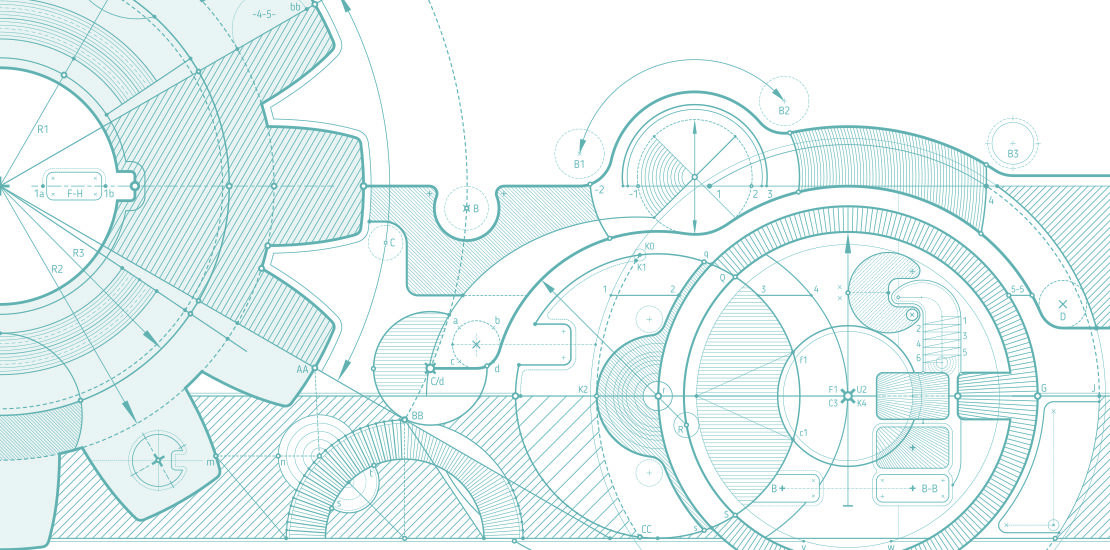Q-Bot application of underfloor insulation (CP1025)
Date: 25th Apr 2018

This project used Q-Bot’s novel “SprayBot” to install a 12.5cm thick layer of Elastospray® 1629/1 foam insulation to the under-side of suspended timber ground floors in properties in the London Borough of Camden (LBC). The robot was inserted into the floor void via either an air vent or by removing only a small hatch in the floorboards. This allowed the work to be completed more quickly, cheaply and less disruptively than would normally be the case for under-floor insulation, as there was no need to remove the floorboards. The properties were owned by LBC Council. In one property, the ground floor treated was at the basement level. Some properties were ground-floor flats, others were the lowest floor of multiple-storey terraced properties.
The project had the following aims:
- Insulate the ground floor of hard-to-treat (HTT) properties in Camden borough – these were older terraced, semi-detached or detached properties, all with solid-wall construction. They were Victorian with large rooms and large windows, some of which were single glazed.
- Assess any change in residents’ comfort – both reported in questionnaires, and measured using temperature and humidity monitors – as a result of the under-floor insulation,
- Quantify any change in energy use for heating, as a result of the insulation,
- report any change in air quality i.e. carbon monoxide levels in homes, to see if reducing ventilation by sealing up draughty floorboards might worsen air quality,
- Determine the effectiveness and cost-effectiveness of under-floor insulation to reduce fuel poverty in HTT properties – information relevant to all social housing (and private) owners.
© 2024 NEA all rights reserved.

